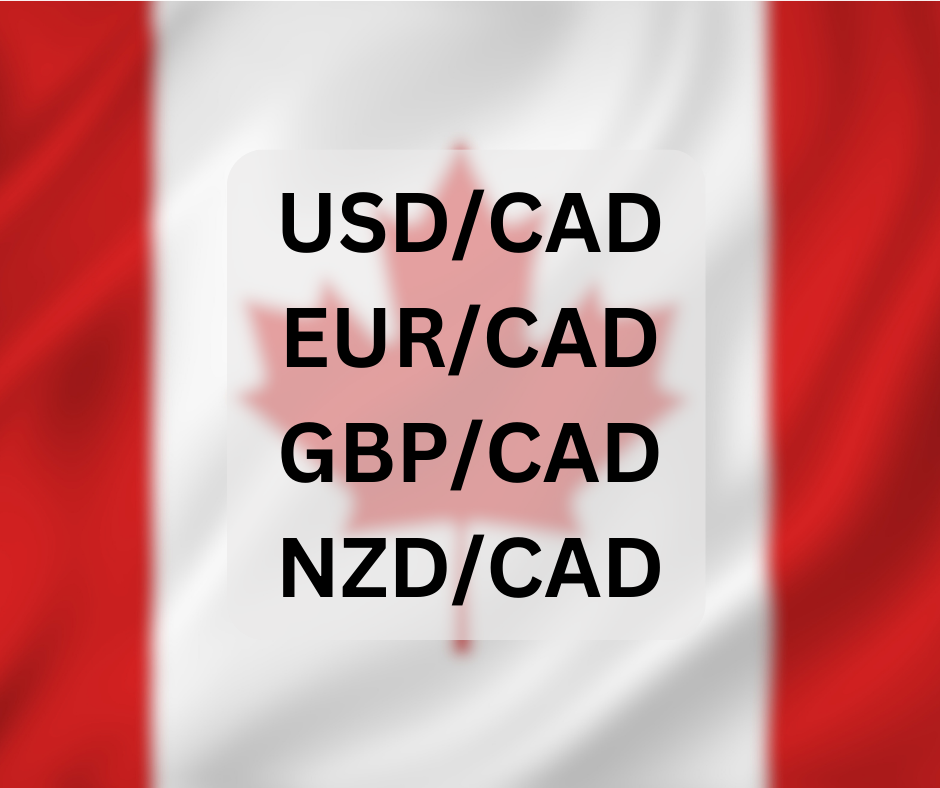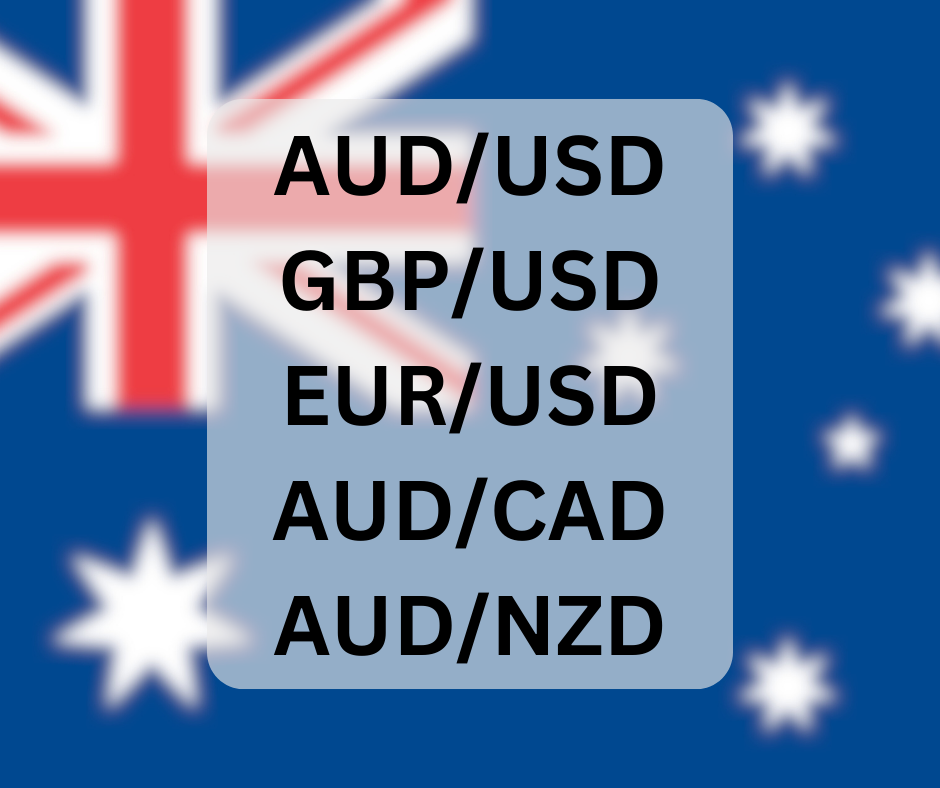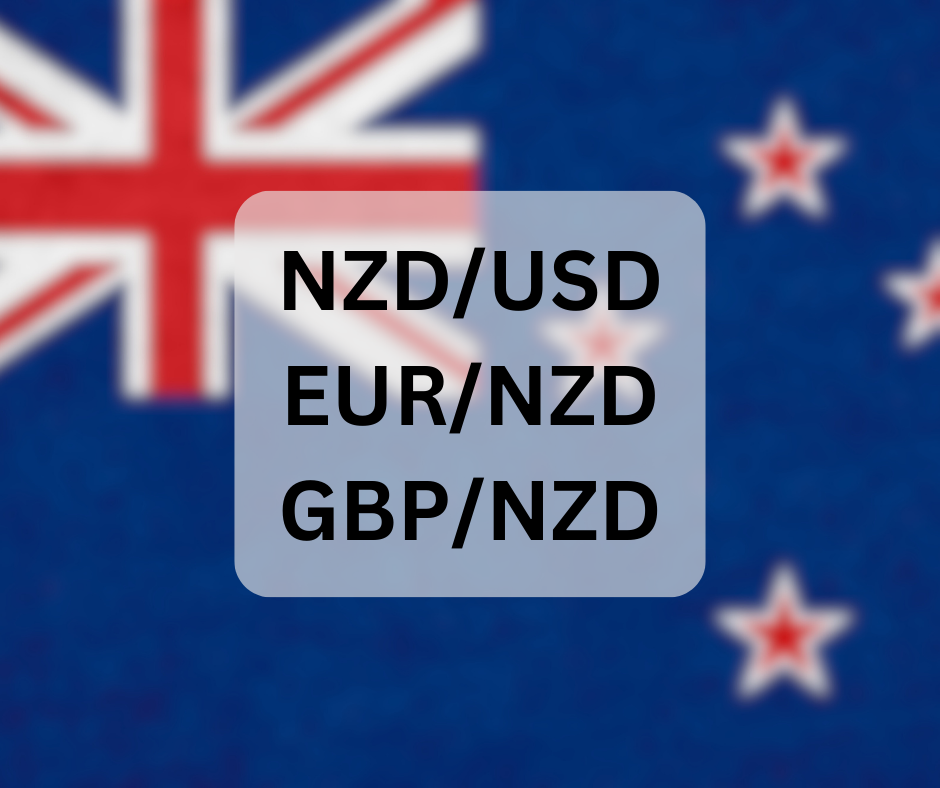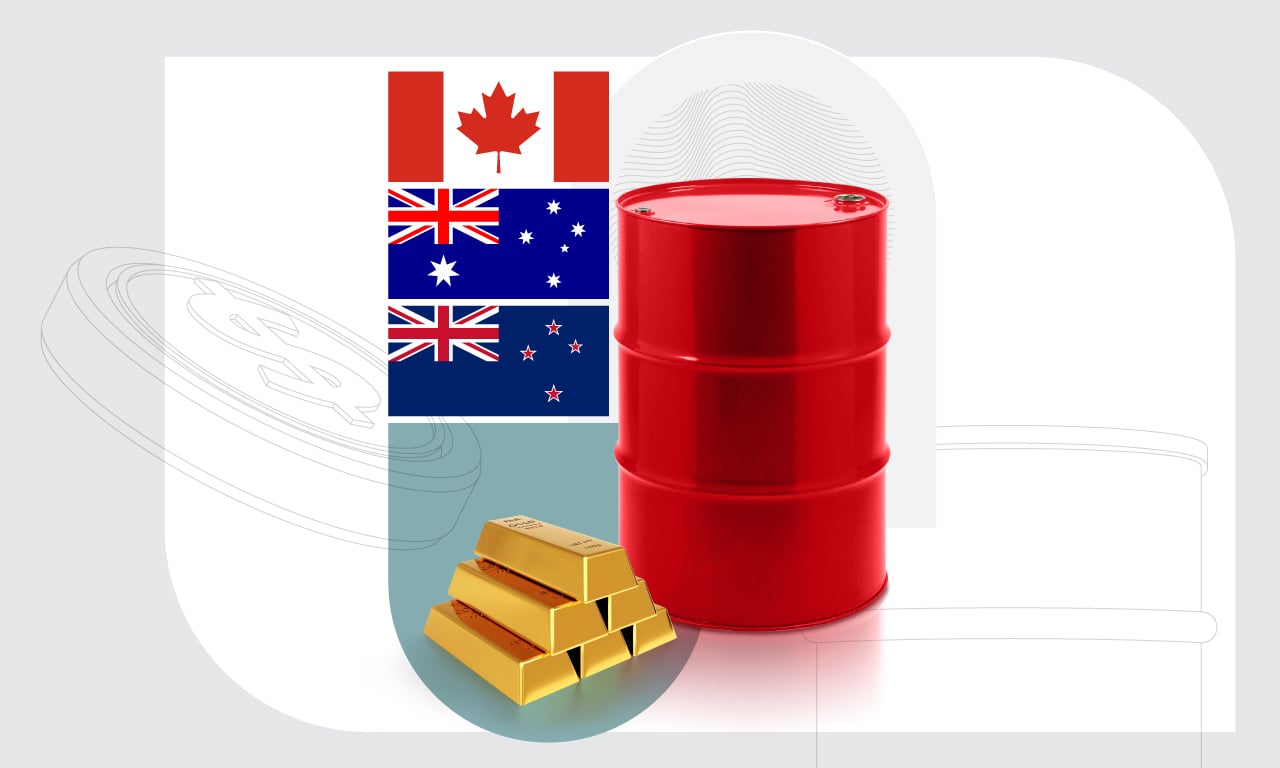This post was originally published by Deriv on 15 September 2022.
When a country’s economy is heavily dependent on the export of a particular raw material, i.e. a commodity, the value of its currency would be closely tied to the price of that commodity. The currency in question is known as a commodity currency.
There are three commodity currencies – the Australian dollar (AUD), the Canadian dollar (CAD), and the New Zealand dollar (NZD). These are the currencies of countries that are among the top global producers and exporters of commodities, and they closely correlate with the price of the commodities. These currency pairs aren’t necessarily major forex pairs.
In the first half of 2022, the commodities market, in particular, experienced extreme volatility due to geopolitical tensions. Those who usually traded in commodities used different trading strategies to make the most of these market conditions.
Let’s review the different commodity currency pairs and the best ways to include them in your trading strategy.
Understanding the top 3 commodity currency pairs
1. US dollar/Canadian dollar (USD/CAD)
Canada, among the world’s top 5 oil producers and exporters, shares a strong trading relationship with the United States (US). Nearly all of its exports go to the US, so the country earns most of its USD earnings through selling oil. This is why oil prices hugely influence Canada’s economy and financial health. When the price of oil rises, the CAD typically rises too.
Trading tip – Compare the charts of oil and the CAD. Identify the support and resistance levels, trends, and patterns. If you see a sudden spike or dip in the oil charts that isn’t reflected in the CAD chart yet, this commodity currency will likely follow suit. Additionally, suppose your research and analysis lead you to speculate that oil prices will rise. In that case, you could observe the value of CAD rising as well.
2. Australian dollar/US dollar (AUD/USD)
Australia is one of the largest gold exporters, earning revenue through gold exports. As a result, the AUD has an 80% correlation with the gold prices.
China, a key contributor to global manufacturing, is Australia’s largest trading partner. China tends to prefer Australia’s natural resources over its competitors’ due to the quality and Australia’s proximity. This makes the Australian economy’s health heavily reliant on the prices of the commodities they export.
Trading tip – Along with keeping a close watch on the performance of gold, also stay abreast with news on China’s economic and political affairs. If China increases its demand for raw materials, Australian exports could also rise, resulting in a rise in the AUD.
3. New Zealand dollar/US dollar (NZD/USD)
New Zealand is the world’s biggest exporter of dairy products. It also exports meat and wool. The NZD’s value fluctuates according to the price of these commodities, which determines the revenue the country will receive. Australia and China import vast quantities of dairy products from New Zealand, so the NZD also depends on the economic performance of these countries and the demand that stems from them.
Trading tip – The NZD/USD and the AUD/USD are highly correlated since New Zealand is located close to Australia and the two countries export a lot of goods to and from each other. Compare the NZD/USD and AUD/USD price trends and use this information to base your speculation.
Commodity currency pairs available to trade on Deriv



When trading commodity currency pairs, research the commodities from those countries (their patterns, trends and influential factors) before placing your trade. If you are still deciding whether to add commodity currency pairs to your trading portfolio, practise trading them risk-free through a demo account, pre-loaded with 10,000 USD in virtual funds.
FAQs
| What are commodity currency pairs? | Commodity currency pairs are forex currencies with values that correlate with the value of a particular commodity. Examples include the Australian dollar (AUD), the Canadian dollar (CAD), and the New Zealand dollar (NZD). |
| How do commodity prices affect commodity currency pairs? | Commodity prices can directly affect the exchange rates of commodity currency pairs. When commodity prices go up, the currency value of commodity-exporting countries will be stronger. Likewise, when commodity prices drop, the value of these currencies will weaken. |
| Are commodity currency pairs more volatile than other currency pairs? | Commodity currency pairs can be more volatile than major forex pairs as they are influenced by the volatility of the commodities market. |
| Are there risks associated with trading commodity currency pairs? | Yes, there are certain risks to look out for, including volatility from commodity price movements, geopolitical events, and unexpected economic data releases. It is advisable to have a risk management strategy in place when trading commodity currency pairs. |
Disclaimer:
The information contained within this blog article is for educational purposes only and is not intended as financial or investment advice.
Trading is risky. Past performance is not indicative of future results. It is recommended to do your own research prior to making any trading decisions.
